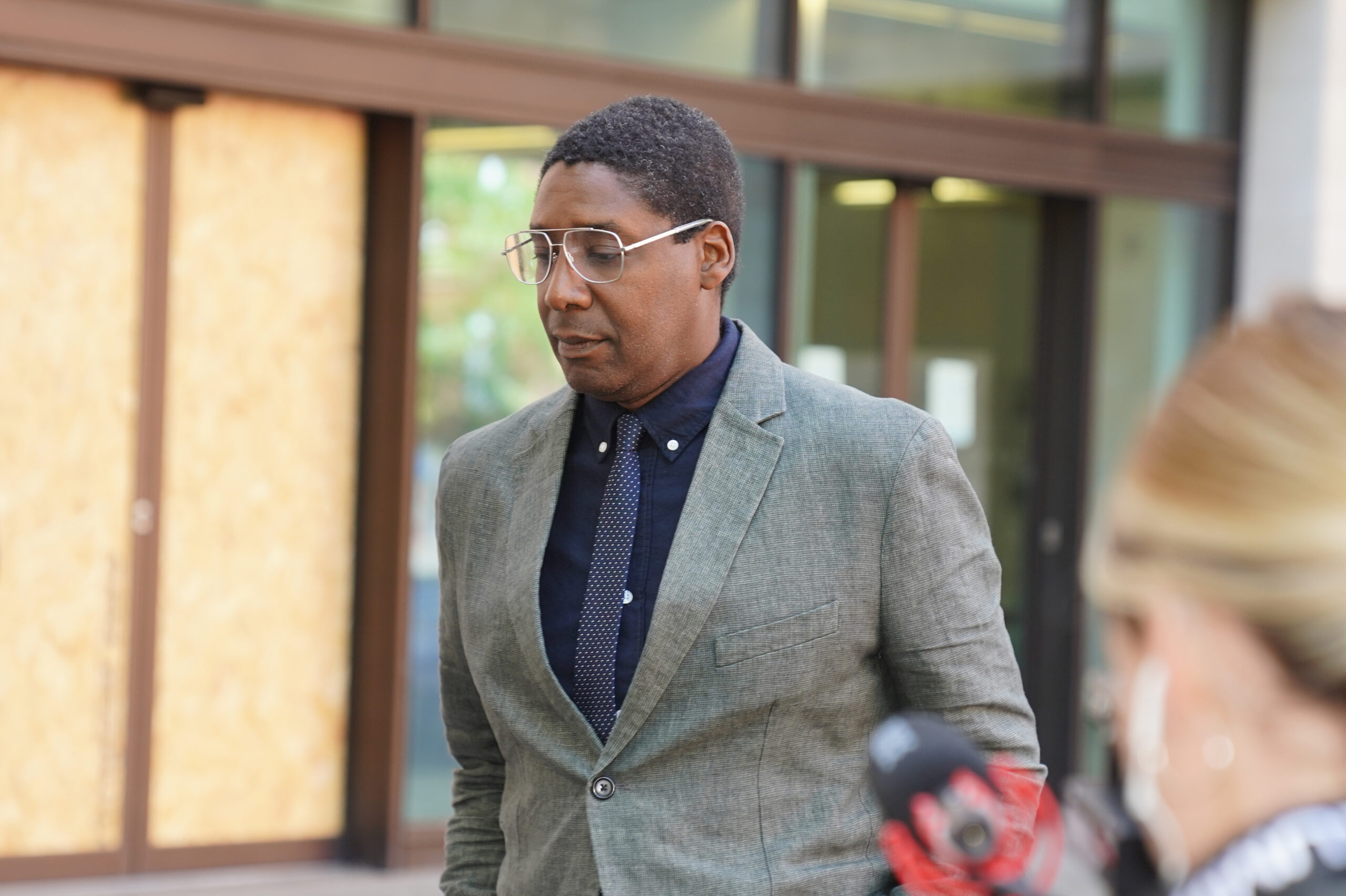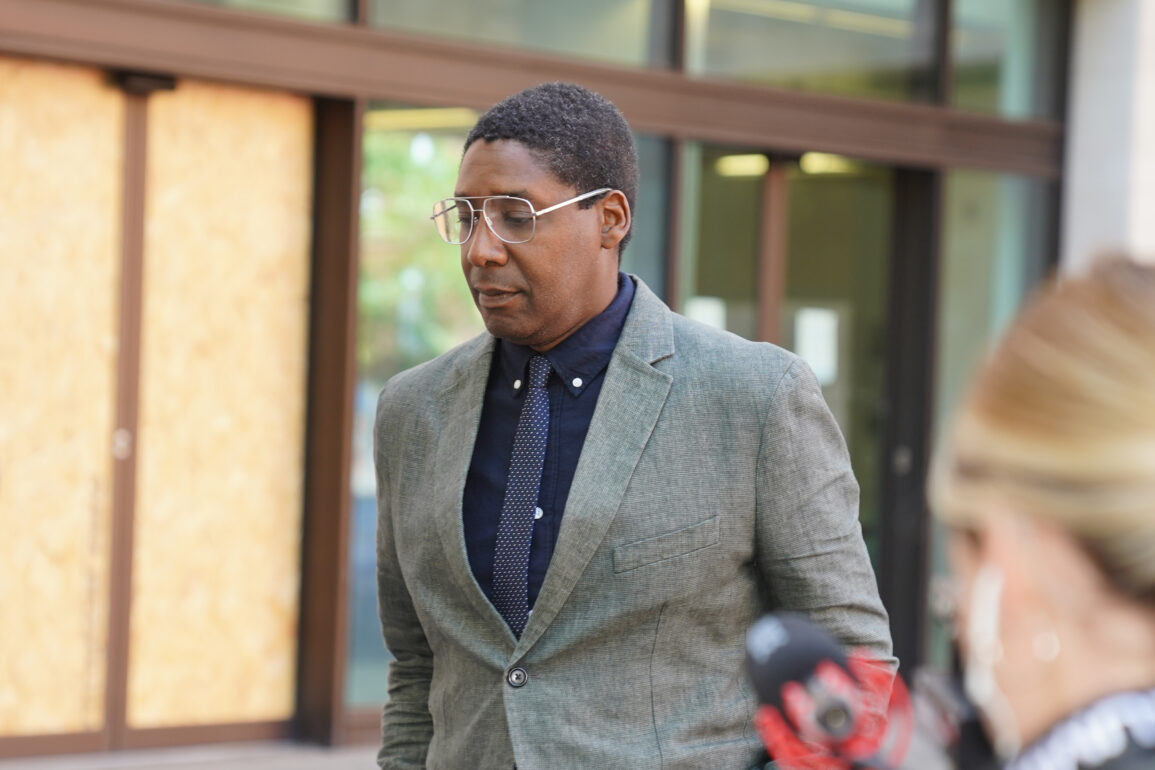The art market is under increasing scrutiny. This year HM Revenue & Customs named and penalised nearly 50 UK art businesses for breaches of anti-money laundering regulations. Last month the High Court struck out a defendant’s defence and granted summary judgment against them — not on questions of authenticity, but for failure to comply with disclosure obligations.
And in the first prosecution of its kind, last week Oghenochuko Ojiri, a former BBC Bargain Hunt expert, pleaded guilty to eight counts under the Terrorism Act 2000 of failing to make a disclosure during the course of business.
Each of these cases are a cautionary reminder to all art market participants — dealers, gallerists, collectors, auction houses alike — of the risk of breaching increasing regulation. Beyond reputational damage and financial loss, non-compliance can also result in enforcement action, criminal liability and/or civil judgments.
The current legal framework affecting art market participants is complex and often involves a web of domestic and international legislation and regulations. In the UK, anti-money laundering regulations require effective customer due diligence, provenance scrutiny, and extensive document retention policies.

The art dealer Oghenochuko Ojiri outside Westminster magistrates’ court
BEN WHITLEY/PA
Another critical — and often overlooked — risk is sanctions law. UK regulations, particularly since 2022, impose strict prohibitions on dealing in assets connected to designated persons or entities. These are evolving risks — fall foul and you could face potentially unlimited financial penalties and even imprisonment.
Without the relevant provenance paperwork, UK businesses may also be prohibited from exporting certain cultural goods from the UK to the EU, under impending import regulations. For those dealing with antiquities, this can present real problems as much of this documentation could well have been lost over the years, or simply never existed — something the regulations do not yet grapple with.
In a field that still prizes discretion, this regulatory shift presents cultural issues. Furthermore, the majority of the art market comprises small galleries, sole traders and independent artists. For them, navigating this legal minefield is no small task. They are experts in art, not financial regulation and compliance, and the costs and burden of trying to stay abreast of this evolving landscape can quickly become overwhelming.
For many, this web may be indicative of the art market as an illicit hotbed of crime and evasion. However, these examples generate the column inches because they are the extreme.
Fraudsters and criminals must obviously face the most severe penalties. Most of those in the art market, however, strive to get it right with limited resources and guidance. If we want the UK market to thrive as it should, we should be thinking how to support it more, rather than merely scrutinise it.
Abigail Healey is a partner at Quillon Law; Joanne Jones, an associate at the firm, also contributed to this article
This post was originally published on this site be sure to check out more of their content








